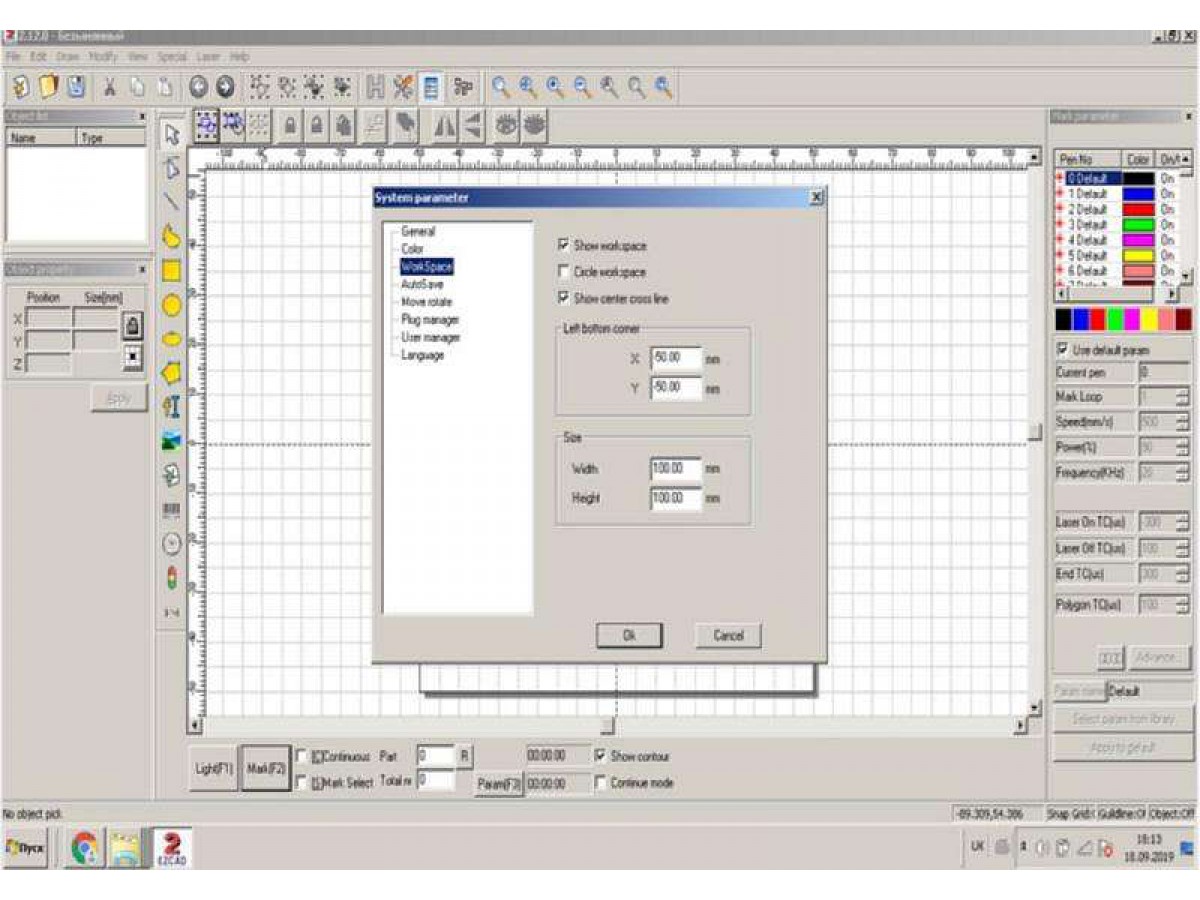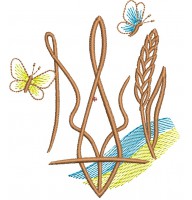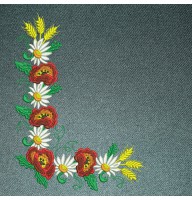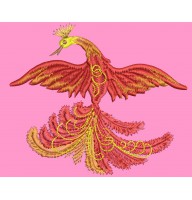Congratulations! Today I want to reveal a little about the work process of creating a machine embroidery design. This option is the simplest and most primitive, does not require special skills and large time costs. This is not even a master class. And a small note reflecting the main working stages.
Once I was far from machine embroidery and had no idea how an embroidery machine works. I thought that everything was simple here - I threw any picture, went to drink coffee and everything was ready.
In fact, there are many nuances in preparing for machine embroidery.
There are ready-made designs for embroidery. That is, these files are a ready-made program with an algorithm for the movement of hoops for embroidering a certain pattern. The machine moves the hoop with the fabric tucked in along the specified path, and the needle and thread, in turn, creates a masterpiece.
But as practice shows, even thousands of ready-made files do not fully correspond to the format of the client's order. Depending on the specifics of the order, even the finished design program needs to be edited.
Most orders involve the creation of a design program from scratch.
How does this happen? The client wanted to embroider a photo, for example, daisies. And he brought us such a picture.
Moreover, only a daisy and a sun are needed for embroidery, so we go to Photoshop to remove the excess, adjust brightness, contrast.
Then we process and adjust the daisy in the embroidery program. Here is shown a crude elementary version of embroidery, in semi-automatic mode, when the embroidery turns out to be covered with chaotic stitches. For more detailed processing, careful drawing is required, when each element is given its own type of stitches (smooth, covering, etc.)
If embroidery is needed on the finished product, it is necessary to steam it, or to stretch and fix the product in the hoops so that the embroidery lays down correctly. Moreover, depending on the type of material, you need your own stabilizer so that the fabric does not tighten and skew after embroidery.
It is necessary to understand that this is only a speck in the ocean of machine embroidery design development and at least a primitive and lazy version of work. In future publications, I will dwell in more detail on a more serious detail that requires more careful processing, but it will most likely already be in the section of master classes. Thank you for visiting!






Write a comment